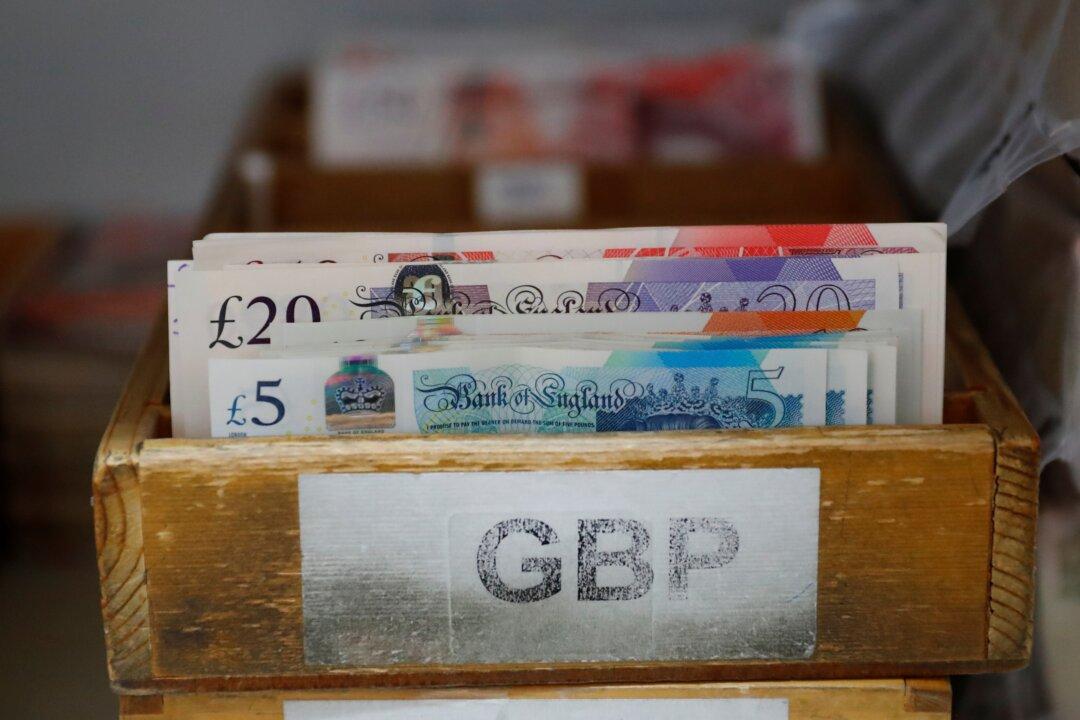The government borrowed less than expected last month, official figures show.
According to the latest data from the Office for National Statistics (ONS), public sector net borrowing hit £18.5 billion in June.

The government borrowed less than expected last month, official figures show.
According to the latest data from the Office for National Statistics (ONS), public sector net borrowing hit £18.5 billion in June.